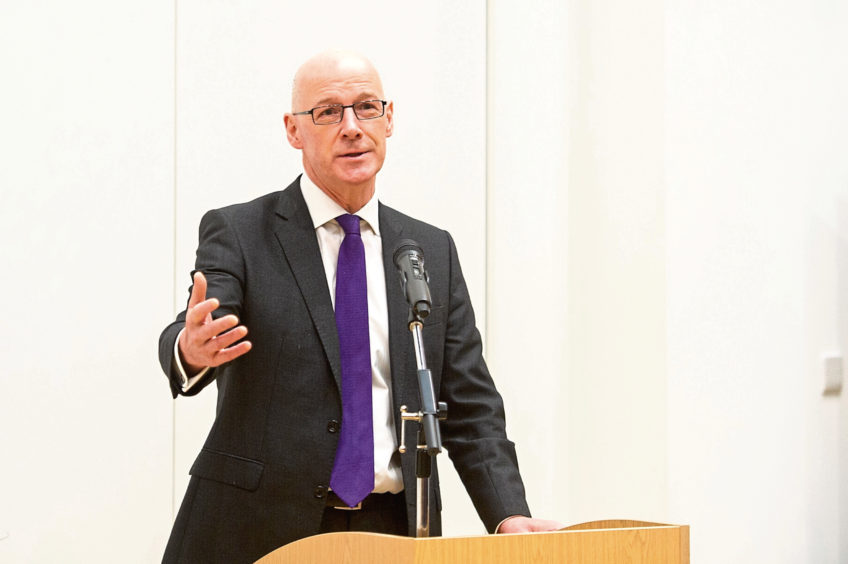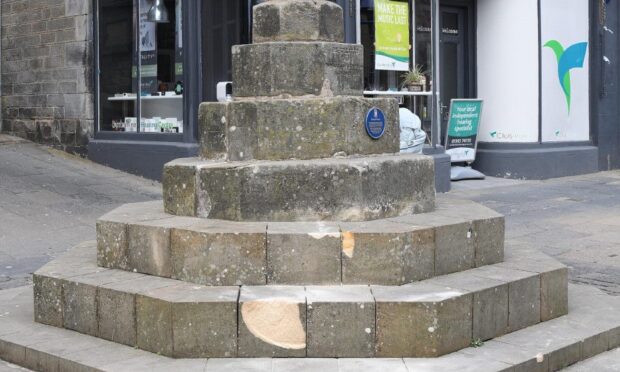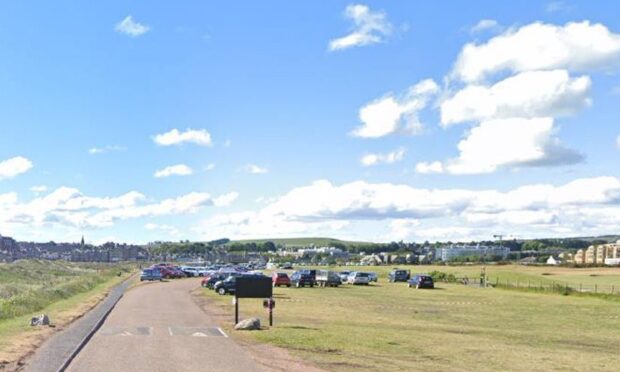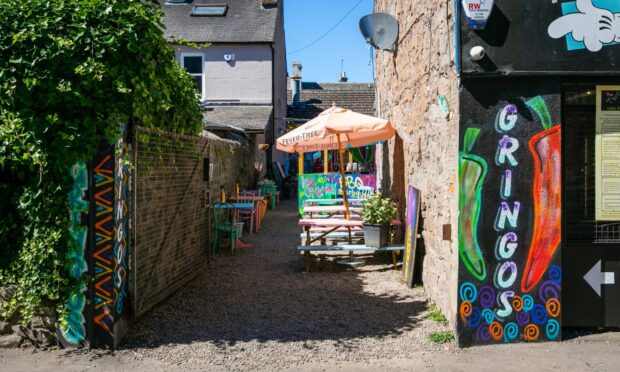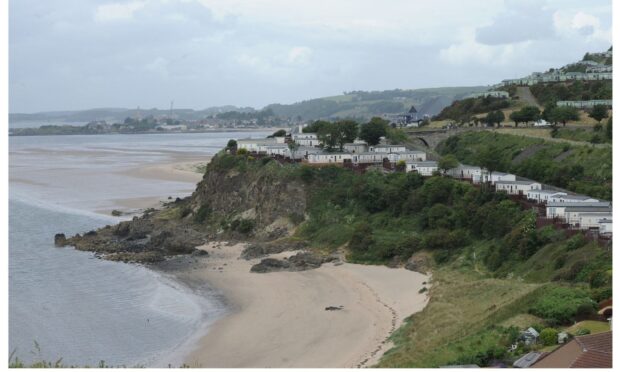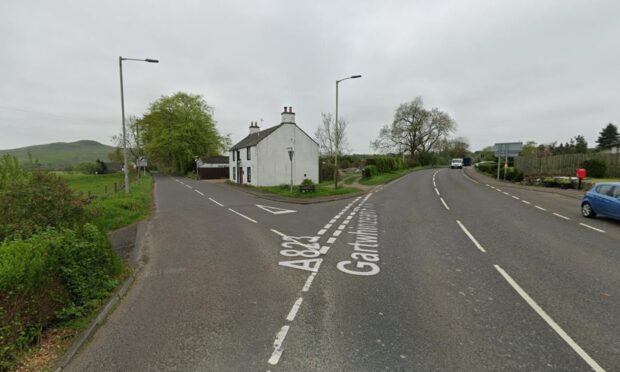Education Secretary John Swinney has pledged to develop a first aid strategy for Scottish schools after backing The Courier’s lifesaving campaign.
The development is a major step towards equipping every young person in Scotland with first aid skills.
Mr Swinney said tales highlighted by The Courier of those saved thanks to the intervention of a first aider showed how vital such skills could be.
He was particularly moved by the story of Fife youngster Cameron Gilmour, whose life hung in the balance after he stopped breathing. Video on the incident is below.
The youngster has cerebral palsy and is non-verbal and was unable to alert his mum, Ellie, to his predicament.
Cameron’s life was saved by quick thinking pharmacist Sam Hampton, who recognised the youngster’s distress and had the skills needed to save his life.
The deputy first minister said: “I am determined to make progress on this issue and that’s why I have asked my officials to develop a strategy, in partnership with St Andrew’s First Aid, on how we can make the principles of The Courier’s campaign a reality.
Mr Swinney said an initiative around CPR in secondary schools showed it could be done.
Freedom of information figures revealed a postcode lottery of training across the country, with thousands of school children not learning first aid.
“We need to do this in a way that empowers our teachers to deliver relevant and engaging learning that meets the needs of young people in their class,” Mr Swinney said.
St Andrews First Aid chief executive Stuart Callison welcomed the comments and said he looked forward to fleshing out a national first aid strategy for schools. He said: “Having recently had a positive meeting with the deputy first minister to discuss the opportunity of bringing first aid into primary schools, we are delighted with this response, which clearly demonstrates a willingness and support to see our ambition become a reality.
“We have also been engaging with teachers and educationalists to help us develop materials and lesson plans which support existing curriculum commitments.
“We look forward to working with the Scottish Government and wider bodies to help equip children with the skills to save a life and instil a proactive sense of responsibility and caring for future generations to come.”
Since the launch of First Aid Kids, senior politicians from across the political divide at Holyrood – including First Minister Nicola Sturgeon – have swung behind The Courier’s campaign.
During its local Budget deliberations yesterday, Perth and Kinross Council earmarked £10,000 to go towards the roll out of first aid training within its school estate.
“We’re happy to support the campaign,” council leader Murray Lyle said. “We think it’s a good thing and we thought it was something we would be able to make a contribution to as it improves outcomes for everyone.”
Scotland can provide high quality first aid learning
By John Swinney
Since the launch of The Courier’s First Aid Kids campaign, I have read some powerful testimonies from parents and families about the lifesaving impact of first aid.
I was especially struck by the story of four-year-old Cameron Gilmour who would not be here today without the heroic intervention of first aider Sam Hampton.
There has also been a number of other inspiring stories and I thank all of those people for sharing their experiences.
The Courier’s campaign for children and young people to be taught essential and valuable lifesaving skills in school highlights an important issue.
I have met with St Andrew’s First Aid and the British Red Cross and know how valuable it is to give our young people the skills to help save lives, now or in the future.
I am determined to make progress on this issue and that’s why I have asked my officials to develop a strategy, in partnership with St Andrew’s First Aid, on how we can make the principles of the Courier’s campaign a reality.
We need to do this in a way that empowers our teachers to deliver relevant and engaging learning that meets the needs of the young people in their class.
We also need to ensure this support is consistent across the country, so young people in Wick receive the same high quality training and learning as young people in Dumfries. If teachers have access to tangible materials and training to build their confidence and expertise, then it can only benefit the young people in their classrooms.
It is possible to deliver quality and consistent first aid skills in schools without mandating it.
We have had a similarly successful approach with regard to cardiopulmonary resuscitation (CPR) training.
All 32 local authorities have committed to teaching CPR in their secondary schools through partnership working between government, education authorities and stakeholder groups.
I believe that similar partnership working between St Andrew’s First Aid, our local authority partners and the Scottish Government can bring effective age and stage-appropriate first aid training into Scotland’s schools.
